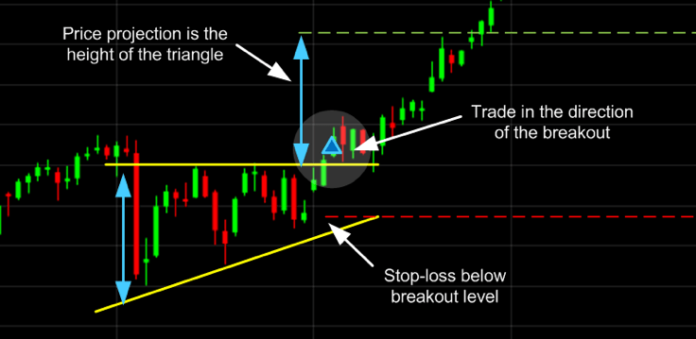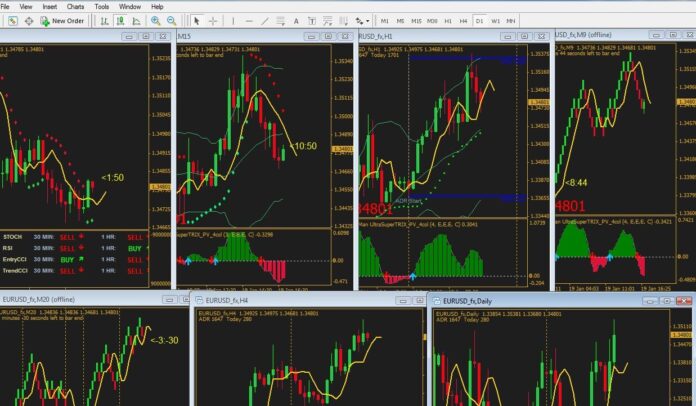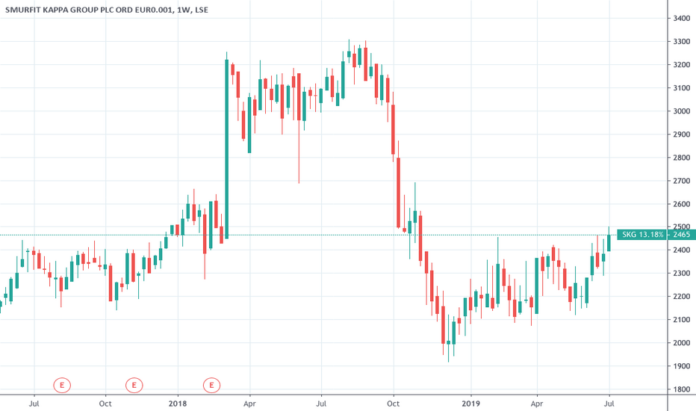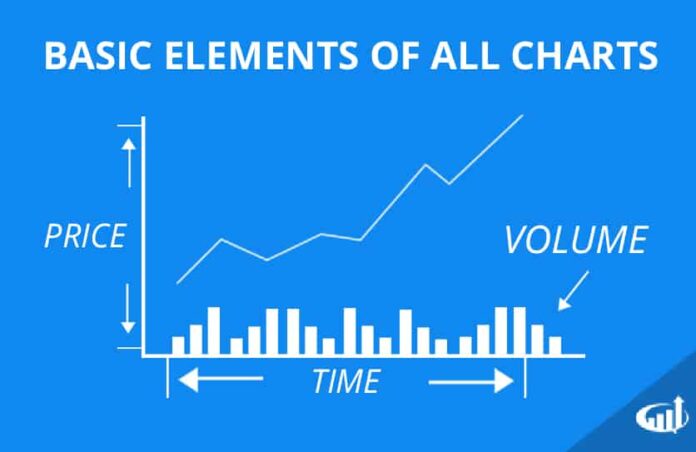Stock charts are not easy to understand if you don’t know about their essential components. A stock chart is a simple price chart that has a stock price, time frame, and different critical information such as stock and exchange symbols.
Reading a stock chart will be more fun because the evaluation and basic detail of the chart components are here. You can use it to read the stock chart as well to improve your knowledge about these things.
These facts will enable you to read the stock chart with proper understanding and give an idea about the whole scenario of the stock exchange. It can help you to do an in-depth analysis of stock and invest your capital safely.
Making a clear and confident decision is also the plus point after reading the chart accurately. Stock charts have different components ranging from colorful lines, numbers, and other details. But how do they work to boost the profit, and what are the hidden terms in this chart?
Let’s tackle all these questions for proper analysis and confident stock exchange working at vig.io
What are the Basic Stock Chart Terms?

Everything has a few basics that decide its workflow and help in its understanding. That is why here are the basic terms that you should know before thinking about how to read a stock chart beneficially.
Chart Identification
First of all, you have to explore the chart type. It has a ticker design or a symbol at the top of the chart that will tell you about the maker or company. Have an idea about the chart maker and its worth in the stock market.
So, it is vital to check the symbol clearly for making the exact decision about the specific company. Then, you can quickly grab the information about the company and turn things in your favor for a fruitful investment.
Numerical Values

There are numerical values in the stock chart which tell you about the exact details of the stock. You also have to note the summary key that contains basic information about the numerical values of the chart. It will narrate the most recent price, volume of trade, and the rest of the things.
Traded Volume
There is a volume of traded stock at the bottom of the chart. It will narrate the quantity of the stock. You can analyze the momentum and positive or negative in the stock trade through color-coded bars very quickly.
However, it is not fixed that color coding will remain the same because every stock chart has its versatility. So, make sure to read things with a keen eye.
The flow of the Lines
Various lines on the graph show their open, high, low, or previous close. They inform you about the first price of the stock trades in the market hours. The previous close tells you about the trading price of the last trading day for analysis.
Time Frame Analysis

There is a time frame related to things on the chart, such as short-term and long-term trends. These may render better time scale evaluation for a specific stock or things.
You can have the daily, weekly, monthly, or yearly time frame analysis. In addition, it will support exploring a day-based or time-based view of price increase or decrease.
Beta
It is to acknowledge the stock price comparison with the stock market. You can get an idea about the risk factors of stock through this term on the stock chart. If the beta is more than one, then the particular stock is more explosive than the stock market.
If you found beta less than one but more than zero, it has decreased explosive nature at that time.
Understand the Chart Section
Most of the charts are divided into two sections such as upper and smaller lower. This may help you with the price guidelines. In the upper part, you can track the changes in stock price with different time frames.
The stock close update and day is also highlighted with different colors, but it is mainly colored with black. On the other hand, most of the stock charts colored the stock price red to make it more prominent.
Target the Average
Focus on the movement of the average in the whole stock chart. This will help you to calculate the average stock price over a period. It is a vital tool in analyzing the stock chart for knowing the exact facts and figures.
They can be viewed as the lines cutting across the chart to identify a trend pattern of prices. So, cover up this factor in the stock chart.
Bid

There is a term available in the stock chart with the name “Bid.” It is known as the highest price that an investor pays for a stock. Some additional terms with the bid are the ask. Finally, it is the lowest price by which an investor sells a stock.
Both terms have different meanings. So, read them carefully in the chart and then make a decision. If you found a difference between the bid and ask, it is named as the bid-ask spread.
FAQS
What are the Basic Components of a Stock Chart?

Stock charts have various components that make it quite complicated to read for beginners. However, here are some of the elements.
- Price
- Volume
- Moving Average Lines
- Relative Strength Line
- Coloring factors
- Bid & Ask
Some of the everyday things found in any stock chart have been discussed narratively. They help in the efficient reading of the chart and making a fruitful decision.
Why use a Stock Chart?
Using a stock chart for making your decision about stock trades is quite good because it is more relevant to this task. Moreover, these stock charts help to improve your knowledge about stock trading in a very beneficial manner.
Wrap UP
Wondering about how to read a chart to make the best decision for your trading? Have ideas about the basic elements and components of the stock chart in this article to leverage with all the desired details. Grab the key points and utilize your trading for profitable growth and acknowledgment.









